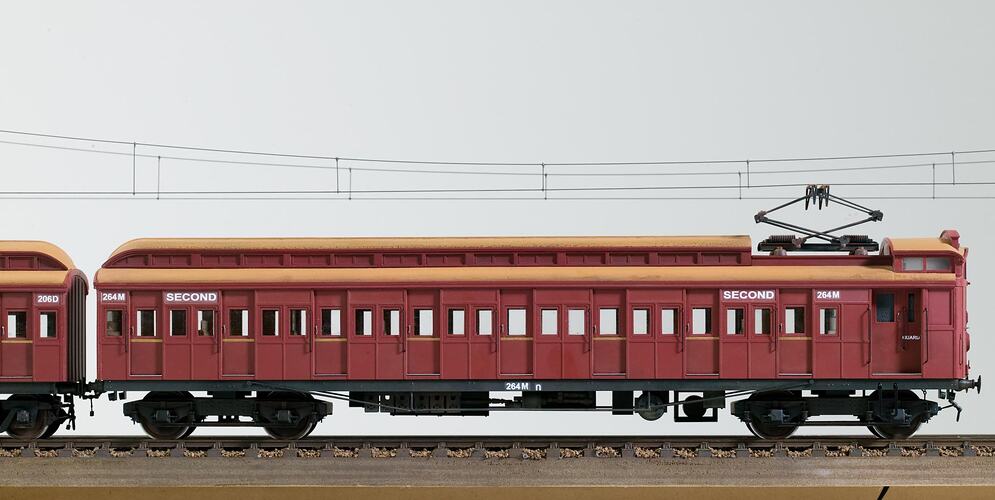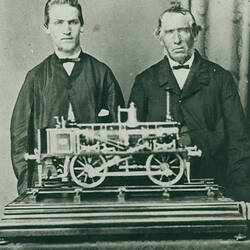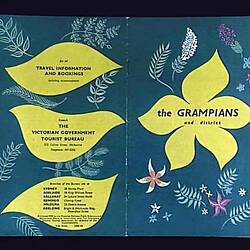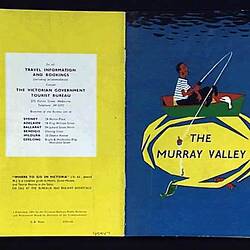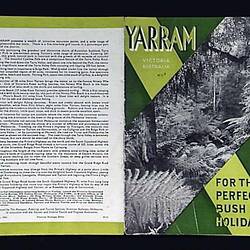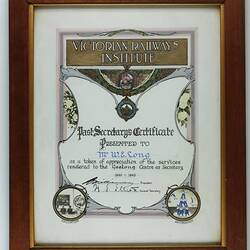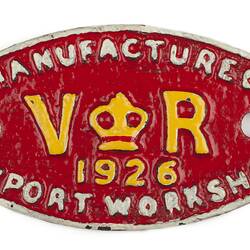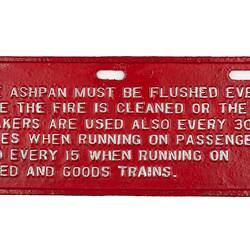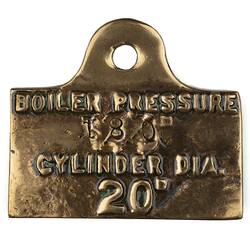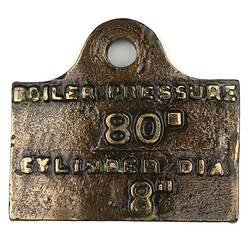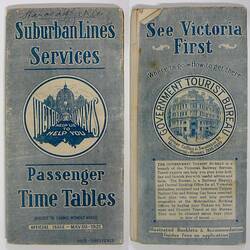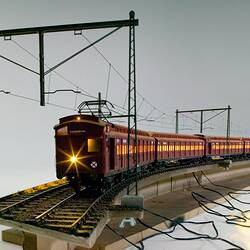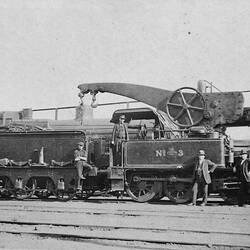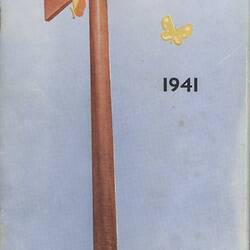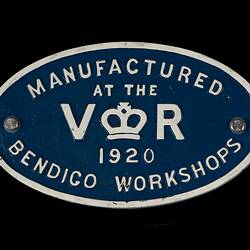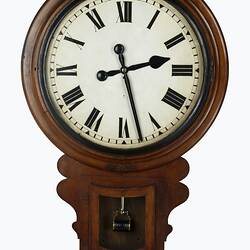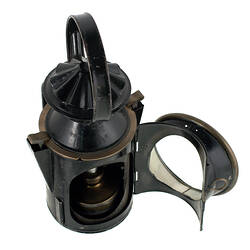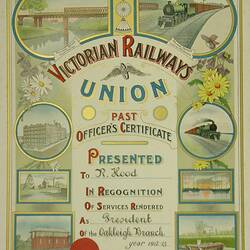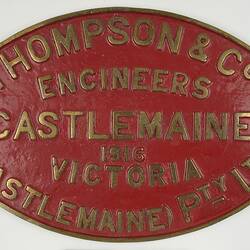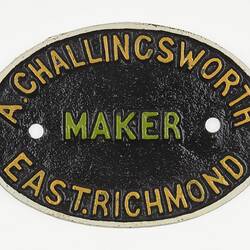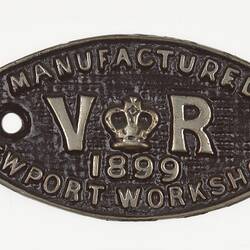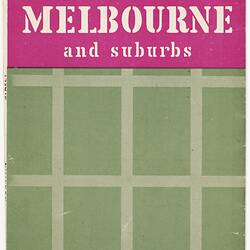The discovery of gold in Victoria in the 1850s stimulated the growth of Melbourne both as a port and as an economy. Transportation became important for the young colony, and Melbourne was soon the location for Australia's first locomotive-powered railway line, which was officially opened on 12 September 1854. Operated by the privately owned Melbourne and Hobson's Bay Railway Company, the service ran from Flinders Street to Sandridge (now Port Melbourne).
A series of other routes, mainly for carrying passengers, were soon opened to St Kilda (1857), North Brighton (1859), Hawthorn (1861) and Essendon (1860).
The colonial government took over from the private companies to facilitate the rapid construction of regional rail lines as the gold rushes stimulated rural development. The railways reached Geelong in 1857, Sunbury in 1859, Bendigo in 1862 and Echuca in 1864. Agricultural booms also lead to further expansion of the rail network. The railways became the symbol of progress and prosperity. As the twentieth century progressed, however, road transport surpassed rail transport, and many branch lines were closed. Nevertheless, Victoria's railways remain a key part of passenger and freight transport networks.
References:
Department of Infrastructure website http://www.doi.vic.gov.au/DOI/Internet/transport.nsf/0/0B2FA0A482BC4F334A256D860082B85D?OpenDocument
More Information
-
Keywords
-
Localities
-
Authors
-
Article types
